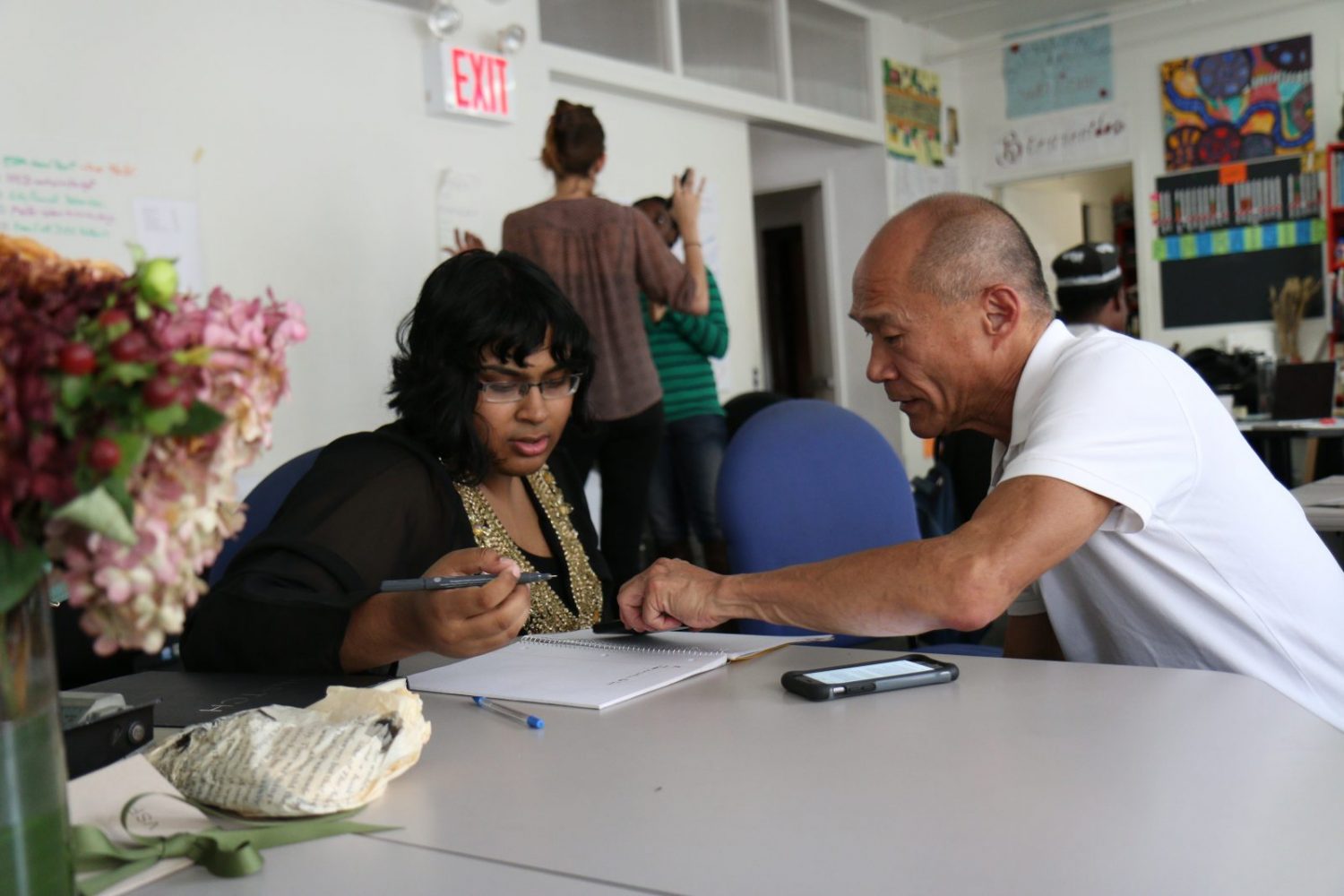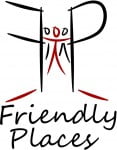Developing A Risky Practice: Teaching and Facilitating – Reflections of a Creative English Trainer

This piece was written for the Theatre, Dance and Performance Training journal and was first published on their blog.
This notion that the leader needs to be ‘in charge’ and ‘know all the answers’ is both dated and destructive… Fear leads to risk aversion. Risk aversion kills innovation.
— Peter Sheahan in Brené Brown’s ‘Daring Greatly’
In my first few weeks as a teacher in a private English language school in Italy, the Assistant Director of Studies ushered the first-timers into an empty classroom, and gave us some advice.
‘Never, ever respond to a question from your students with the words ‘I don’t know.’ Never tell them you don’t know something, and never tell them that you’re new to this. I know. It’s not fair. Everyone has to start somewhere right? But if they doubt their teacher, then they doubt the school. In their eyes at least, you must know everything.’
At the time, I took this as sound advice from a far more senior and experienced colleague who wanted the best for both us and the school. I mean…it makes sense, right? No student wants their teacher standing in front of them lamely doing a goldfish impression when there’s an important exam looming. What I see now, though, is that this ‘advice’ potentially killed a lot of the creativity and spontaneity I may have started to cultivate in my early teaching career, and instead cultivated an aversion to risk in my teaching practice that would prove very difficult to shake off. I quickly gained a reputation for my results-focussed meticulousness and for always having a ready explanation.
Interestingly, however, one of my most memorable and enjoyable early lessons was the result of an administrative error. I was ‘on call’ in the staffroom and was asked to cover a lesson with a high-level student who was preparing for an exam I hadn’t even heard of before, with no preparation time. Thinking, ‘Well, I can’t exactly pretend to be something I’m not’, I burnt the rule book and came clean. The student appreciated my honesty and relaxed into the unexpected change. When she confronted me with a question on the difference between the way we use the words ‘whether’ and ‘if’, I paused, considered, and used those fatal words… I don’t know. She laughed. But I had the bit between my teeth now and I wasn’t letting it go. ‘Let’s figure this out, together’. So we did. She came away feeling empowered and telling me that she had learned more by actively working it through with me than if I had simply been able to tell her the answer, and I came away with the knowledge that I was entirely capable of stepping into the ring without any armour on at all and still leaving triumphant.
Fast-forward twelve months and here I am in my capacity as a Creative English Trainer with FaithAction. Funded by the Department for Communities and Local Government and largely delivered by volunteers from the faith-based and community groups that FaithAction partner with, Creative English is an English-language learning programme with empowerment and community-building at its core. Carrying the strapline ‘laugh your way to confident English’ and using applied theatre techniques to help achieve this, the aim is to help our learners (often socially isolated migrants and refugees without the means to access formal ESOL provision) to improve their confidence, build community and make the connections that will lead them to a greater sense of belonging. When I started the job, Lead Trainer Dr Anne Smith further shot the ‘risk aversion’ mantra to pieces by saying to me, as we sat on the train to Manchester to meet new volunteers:
The aim for us is to encourage constructive reflection as a group, and never to give our proclamations as trainers. The fact that you’re new to this too means you can really get alongside them – you are figuring out how this programme works together.
This approach has definitely opened up channels of communication between me and the hubs that wouldn’t be there if I’d gone straight in trying to be some all-knowing mega-expert. Similarly, I have a very different relationship with my learners than I did when I was a teacher. There have been times when I have stood before them and scratched my head wondering why a particular game wasn’t working out the way I thought it should, and they have helped me figure it out. Last week, for instance, I was trying to facilitate a game where everyone holds hands in a big tangle in the middle, and then work together to untangle themselves without letting go of each other’s hands. It wasn’t working out. I checked my plan. We tried again. They tried all sorts of suggestions while we stood in a confused, arm-tangled mess, and we ended up laughing it off and agreeing to try again next week. When I was teaching, this kind of display of not-knowingness would have been tantamount to professional suicide (well okay, at the very least it would have taken an age to live it down!), but in the Creative English room it didn’t matter that I, as their ‘leader’, had come a bit unstuck. They were using English in a spontaneous, reactive manner in order to work together to solve a problem, and they were supporting me and each other in a way that creates a positive impact within and beyond the session. We finished that class with a sense of group togetherness, equality, mutual support and pleasure in each other’s company. On a very small scale, we had added another building block to the class’s sense of community.
Being a part of Creative English is all about taking risks, about opening yourself up to vulnerability and just having a go. Something we particularly stress to our volunteers during training and throughout delivery is that facilitating Creative English is really not about ‘being an expert.’ There is no need to be/have been or even want to be a teacher in order to do an amazing job at delivering Creative English. All you need is a sense of play and a heart for the aims of the programme.
I can’t expect my learners or our volunteers to take a risk if I’m not willing to do so myself. If risk aversion kills innovation, then risk acknowledgement opens the door to it.



